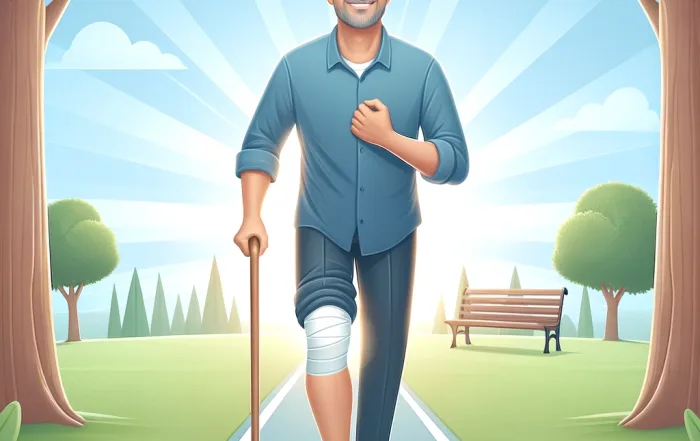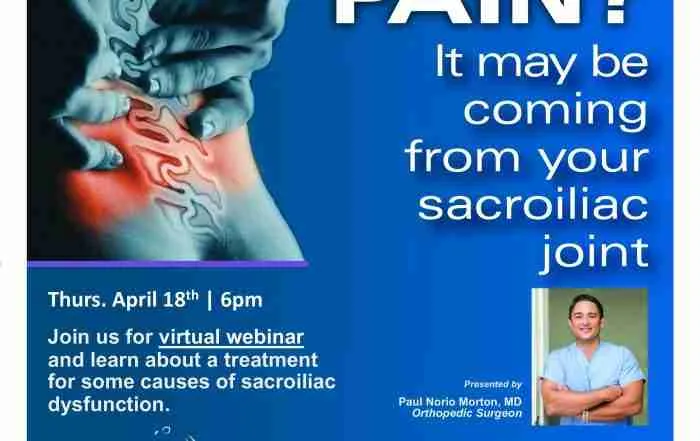Talk with Your Knee Expert Today!
Choose Dr. Morton as your Knee Expert Today!
- Board-certified, Fellowship Trained Knee Surgeon
- Experienced Orthopedic Surgeon
- Nonoperative and operative treatments available
- Most Surgeries Are Same-Day, Outpatient surgeries
- High success rate in treating knee pain and arthritis
- Minimally invasive surgery, smaller incisions
- Performs both Minimally Invasive Total Knee Replacement and Partial Knee Replacements
- High Tech Medicine – Robotic-assisted joint replacements
- Latest Techniques
- Fellowship-trained and specialist in knee replacements
- Takes care of revision knee replacements and complex operations
- Trauma Surgeon at Level 1 Trauma Center – Queen’s Medical Center
Knee Pain is Common
About 25% of adults, or 63 million Americans, suffer from knee pain. It can interfere with everyday life and stop people from doing the things they want to do. If you suffer from knee pain, there are many common causes.
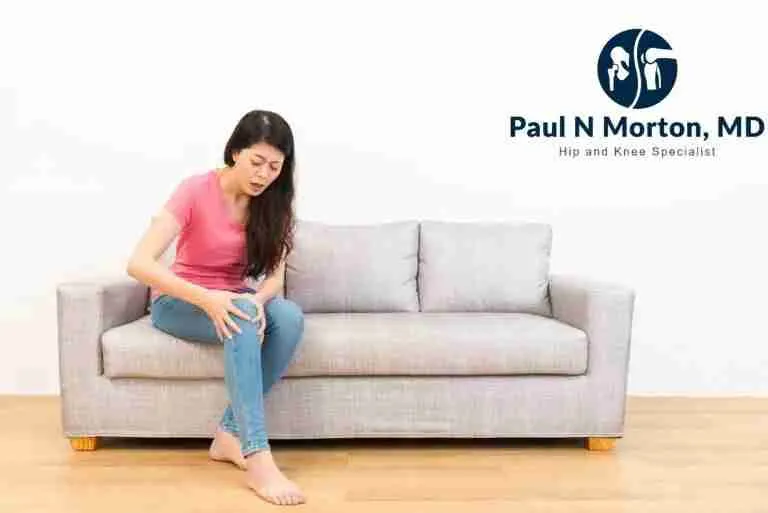
Arthritis
Knee arthritis presents with stiffness and pain. Often patients have several months to years of discomfort or pain. Many patients notice morning stiffness, discomfort when starting to move that improves with activity, and pain at the end of the day. With severe arthritis, knees can become very stiff or unstable, and make every-day functions very difficult.
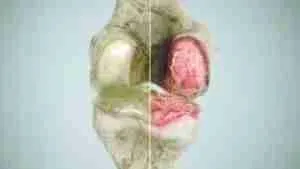
Pes Anserine Bursitis
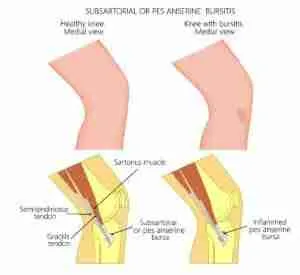
Prepatellar Bursitis
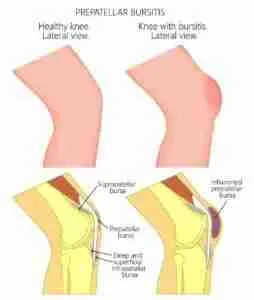
Loose Bodies
Synovitis
Articular Cartilage Injuries
Osteochondral Flap
Meniscus Tear
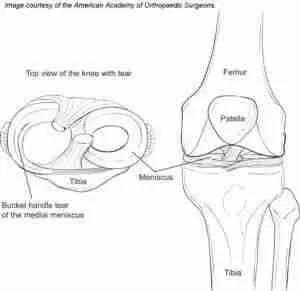
Fracture
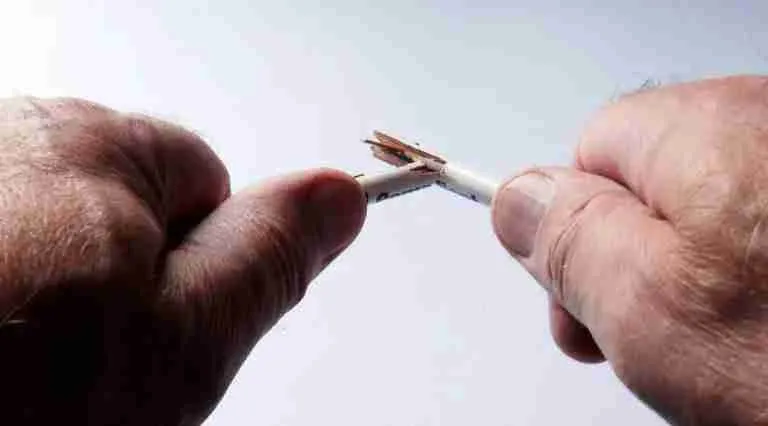
Baker’s Cyst
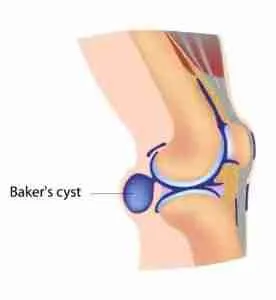
Ligament Injuries and Sprains

Common Treatments for Knee Pain
Home Remedies
Did you have a recent injury? You should start treatment with the RICE therapy method. RICE stands for Rest, Ice, Compression, and Elevation.
- Rest the joint by discontinuing activities that aggravate it or require a full range of motion, such as kneeling, squatting, kicking, etc
- Ice the knee to decrease blood flow to the knee and decrease your swelling. A bag of frozen peas or corn makes an excellent substitute for an icepack.
- Compression, often in the form of an ACE bandage or a brace, will help push the swelling out of the knee.
- Elevation of your knee helps to remove fluid stored in your knee.
.
When to See a Doctor
What Can My Orthopedic Surgeon do for Me?
There are several reasons to see a doctor. If you have swelling in your knee, it can represent an underlying problem that may not go away on its own. Pain that does not improve with rest. If you have redness, fever, and chills, you should see your doctor urgently to rule out an infection.
You will likely need an x-ray and sometimes an MRI to further evaluate your knee. Your doctor may provide you with a brace, injections or medications to treat your pain. If necessary, an orthopedic surgeon can help you determine if you need surgery.
Summary
Frequently Asked Questions about Knee Pain (FAQ)
A simple injury such as a sprain or strain can heal over the course of one or two weeks. More serious injuries can take several weeks to months to get better. These more serious injuries often require intervention by an orthopedic surgeon to help you recover.
Causes of knee pain can include arthritis, a broken bone, meniscus injury, inflammation of the bursa, tendon injury, or muscular weakness. Many of these ailments can be treated without surgery.
You should call your orthopedic surgeon if you have significant swelling, cannot bear weight on your knee, unable to extend or flex your knee, severe deformity of your leg, developing fevers, and redness to your knee. These are signs that something more serious may be going on.
Related Pages
Faster Recovery: The Subvastus Advantage in Knee Replacements
Total knee replacement (TKR) surgery is a transformative procedure for patients suffering from severe knee arthritis or injury. Among the various surgical techniques, the subvastus approach, Quadriceps Sparing Approach, stands out as a minimally [...]
‘The Robot Doc’ helps you heal your aches and pains
Orthopedist Dr. Paul Morton shares how he brings in technology to help you ease your hip and knee pains.
Knee Replacement Success Rate
Introduction Knee replacement surgery, or knee arthroplasty, is a procedure that has transformed the lives of millions of patients suffering from severe knee pain and mobility issues. Traditionally, the success of such surgeries has [...]
Choosing the Right Specialist for Regenerative Medicine: Ensuring Safety and Efficacy
Regenerative medicine is a rapidly advancing field in healthcare, promising innovative treatments that help regenerate tissues, alleviate pain, and restore function. These treatments require technical knowhow when obtaining platelet rich plasma, bone [...]
Harnessing Your Body’s Cells: The Power of BMAC
Bone Marrow Aspirate Concentrate (BMAC) represents a groundbreaking advancement in the field of regenerative medicine, offering new possibilities for healing and recovery. Derived from the patient's own bone marrow, BMAC therapy harnesses the natural [...]
SI Bone Webinar
Visit https://bit.ly/4aBKty3 for a link to the Webinar
















